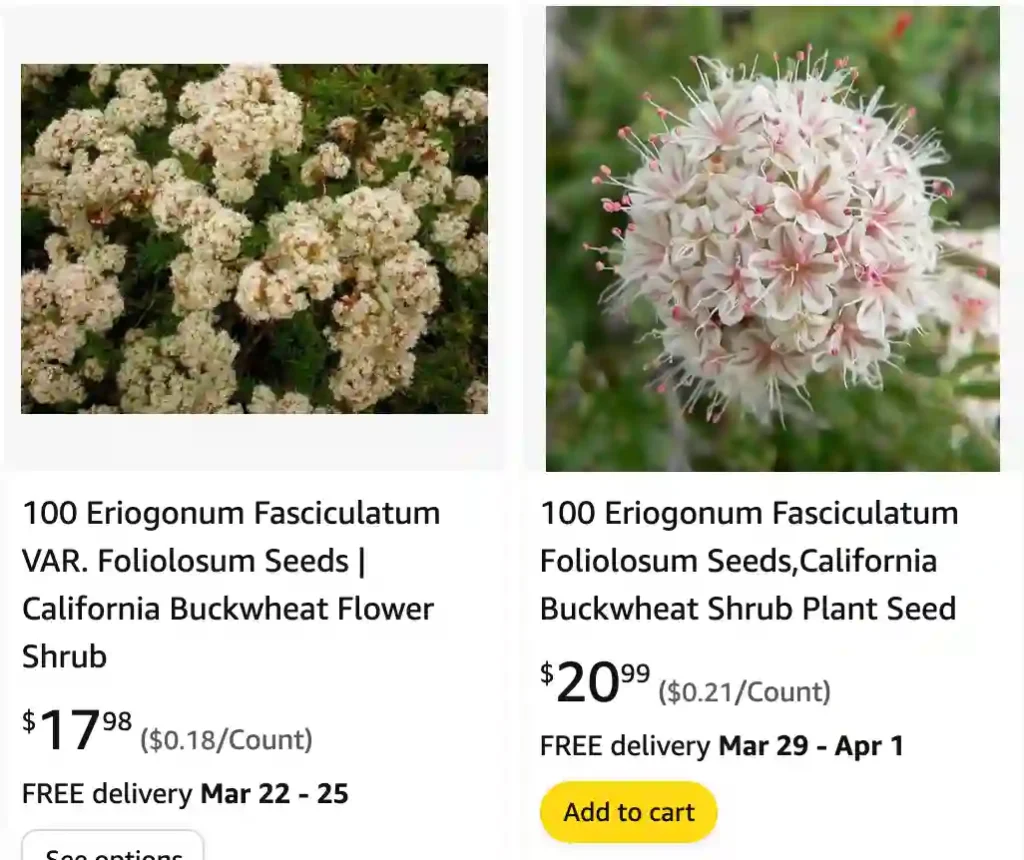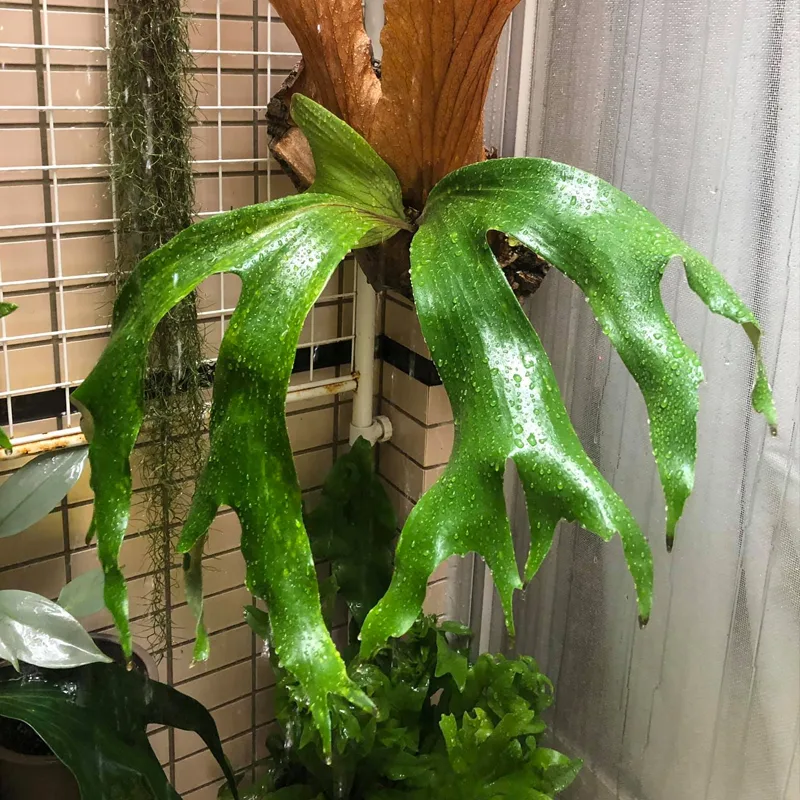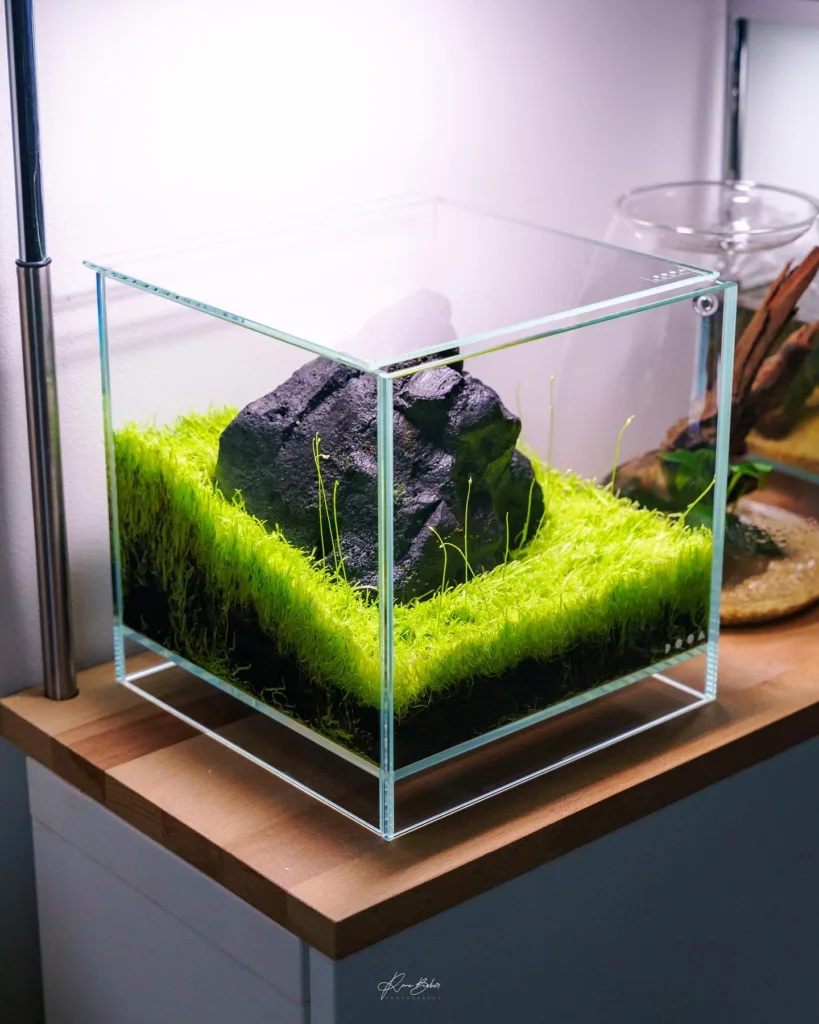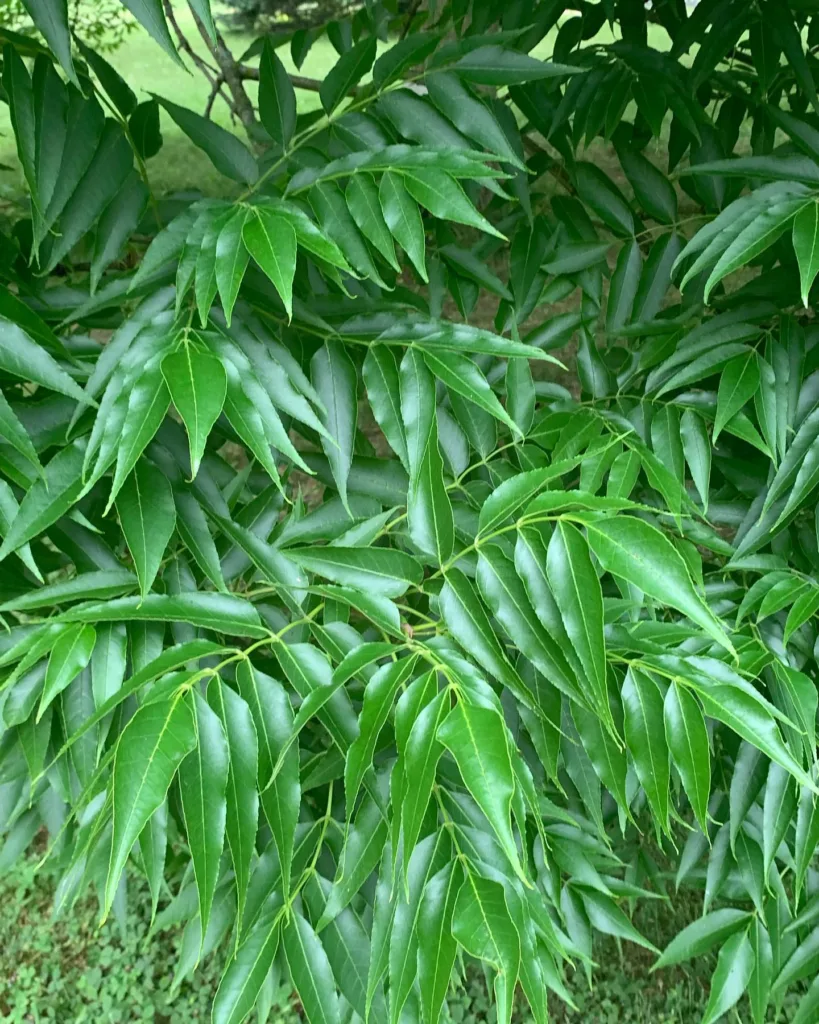
Eriogonum Fasciculatum: A California Buckwheat Primer
Hi there, Ferb Vu here. I’m a plant enthusiast with a particular fondness for low-maintenance, drought-tolerant beauties. Today, we’re diving deep into Eriogonum Fasciculatum, also known as California Buckwheat. This California native is a superstar in the garden, offering a profusion of blooms alongside its resilience.
258 Species in Genus Eriogonum
What is Eriogonum Fasciculatum?
Eriogonum Fasciculatum is a flowering shrub native to California and Baja California. Often called California Buckwheat or Flat-topped Buckwheat, it’s not related to the grain used for pancakes (Fagopyrum esculentum). Despite the name, Eriogonum Fasciculatum boasts undeniable ornamental value.
Key Characteristics
- Habit: Densely branched shrub reaching 2-4 feet tall and 3-6 feet wide.
- Foliage: Small, needle-like, gray-green leaves with a rough texture.
- Flowers: Clusters of white to light pink flowers bloom in late spring, turning rusty brown in fall.
- Sun: Full sun to partial sun.
- Water: Drought-tolerant, thrives on minimal irrigation.
- Soil: Adaptable to various well-drained soils, including clay, rocky, and sandy.
- Wildlife: Attracts butterflies, bees, and provides food for birds.
How to plant and care for Eriogonum Fasciculatum?
Eriogonum Fasciculatum is a gardener’s dream. Here’s what you need to know:
- Planting: Plant in spring in well-drained soil. Dig a hole twice the size of the root ball and amend with compost if needed. Water deeply after planting and allow the soil to dry completely between waterings.
- Pruning: Minimal pruning is required. However, if desired, you can prune lightly after flowering or cut back older branches in late fall for rejuvenation.
- Fertilizer: Avoid fertilizing. Excessive nutrients can hinder flowering.
- Pests and Diseases: Generally pest and disease resistant.
Eriogonum Fasciculatum vs. Other Buckwheats
While Eriogonum Fasciculatum is not related to the culinary buckwheat, there are other ornamental buckwheats worth mentioning:
- Tatarian Buckwheat (Polygonum tataricum): Similar to Eriogonum Fasciculatum in terms of flower color and bloom time, but taller and with larger leaves. Less drought-tolerant.
- James Buckwheat (Eriogonum jamesianum): Showy yellow flowers and even more drought-tolerant than Eriogonum Fasciculatum. Smaller and bushier in form.
Design Ideas: A California Dream
Eriogonum Fasciculatum’s versatility makes it a perfect addition to various landscapes:
- Rock gardens: Its low-growing habit and silvery foliage complement rocks beautifully.
- Butterfly gardens: The flowers attract a variety of butterflies, adding a touch of whimsy.
- Drought-tolerant landscapes: A water-wise choice that thrives in dry conditions.
- Erosion control: The extensive root system helps prevent soil erosion on slopes.
How often should I water Eriogonum Fasciculatum?
Once established, this plant thrives on minimal water. Allow the soil to dry completely between waterings, especially during the summer months.
Does Eriogonum Fasciculatum need deadheading?
Not necessarily. The dried seed heads have a unique aesthetic appeal and provide food for birds. However, if you prefer a tidier look, you can remove them in mid-fall.
Is Eriogonum Fasciculatum deer resistant?
Thankfully, the deer tend to leave Eriogonum Fasciculatum alone due to its coarse foliage.
Can Eriogonum Fasciculatum be grown indoors?
While technically possible, it’s not ideal. This plant thrives in full sun and good air circulation, which are difficult to replicate indoors.
Where can I buy Eriogonum Fasciculatum?
Look for it at local nurseries specializing in native plants. You can also find it online from reputable plant retailers.
Cultivars for Every Palette
Eriogonum Fasciculatum boasts several cultivars offering variations in flower color, foliage, and growth habit:
- ‘Alba’: Pure white flowers, perfect for a light and airy aesthetic.
- ‘Major’: Larger, showier flower clusters compared to the species.
- ‘Karl Heinz Rechling’: Deep pink flowers with a long blooming season.
- ‘Chaparral’: Dense, low-growing habit, ideal for borders or groundcovers.
- ‘Red Form’: Striking reddish foliage that complements the white flowers beautifully.
Pro Tip: Research the specific needs of each cultivar before planting to ensure a perfect fit for your garden.
Propagation: Sharing the Buckwheat Love
Eriogonum Fasciculatum can be propagated through seeds or cuttings:
- Seeds: Sow seeds in the fall or early spring in well-drained soil. Germination can be slow and erratic, so patience is key.
- Cuttings: Take softwood cuttings in late spring or early summer. Dip the cut ends in rooting hormone and plant them in a pot with a well-draining mix.
Remember: Seedlings may not retain the exact characteristics of the parent plant, while cuttings offer a more reliable way to reproduce specific cultivars.
Companion Planting: A Thriving Ecosystem
Eriogonum Fasciculatum thrives alongside other drought-tolerant plants, creating a vibrant and water-wise landscape:
- Grasses: Ornamental grasses like Stipa tenuissima (Mexican Feather Grass) add movement and texture.
- Salvias: Salvia Leucophylla (Purple Sage) provides a pop of color with its vibrant purple flowers.
- Yarrow (Achillea millefolium): Yellow blooms of Yarrow complement the pink or white flowers of Eriogonum Fasciculatum.
- California Poppy (Eschscholzia californica): A classic California combination, creating a wildflower meadow effect.
Bonus Tip: Consider incorporating native plants that attract beneficial insects like ladybugs and lacewings to create a balanced ecosystem in your garden.
With its easy care, captivating blooms, and ecological benefits, Eriogonum Fasciculatum is a must-have for any garden. So, embrace the California spirit and add a touch of drought-tolerant beauty to your landscape!
If i die, water my plants!



